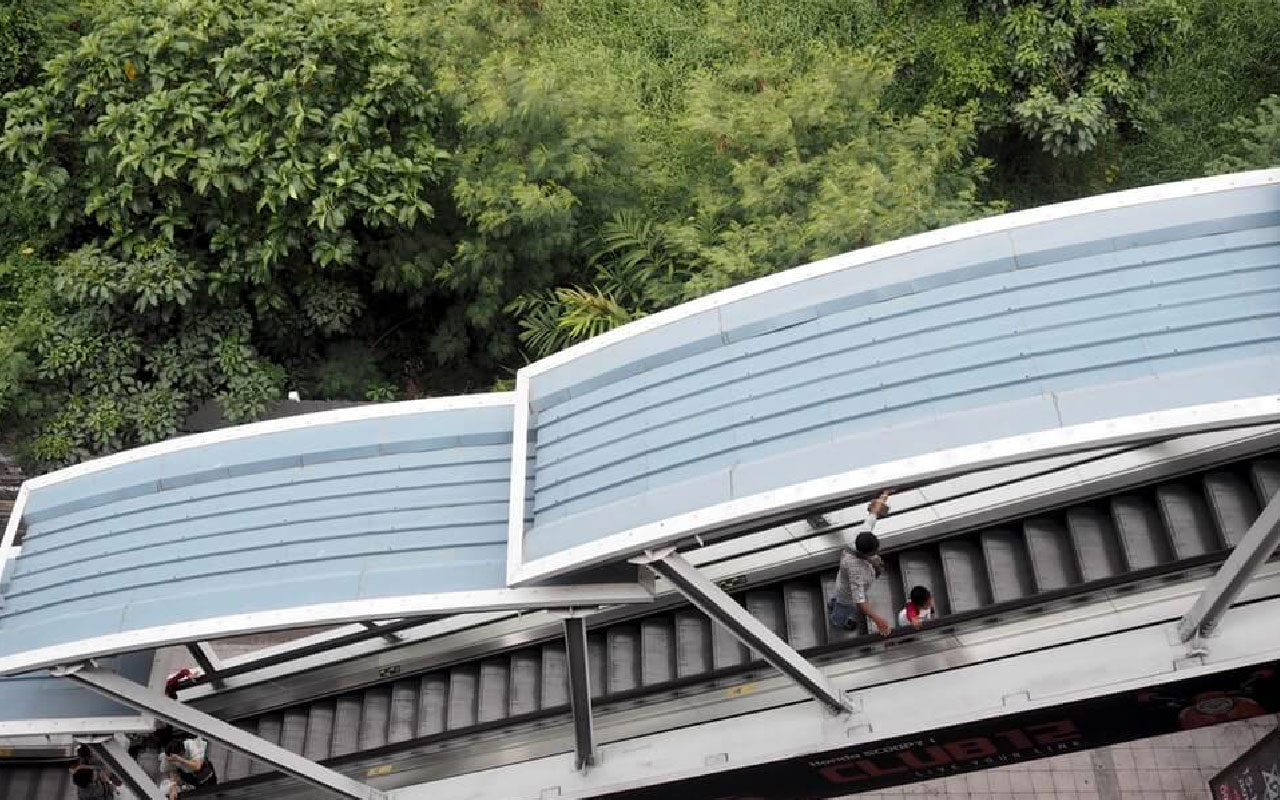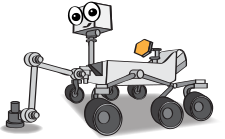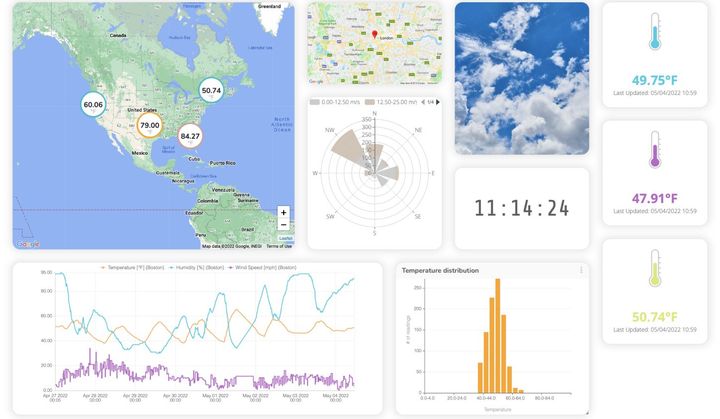Power hybridization; using supercapacitors in tandem with ion-batteries to prolong the active life of UGV systems

Built, tested, and authored by: Namin Shah, guest IoT author of Ubidots
Edited by: Dr. Daruisz Czarkowski | Download the Power Hybridization full paper here

Today mechanical electronic devices such as drones and robots are becoming increasingly popular and useful. From life and death, search and rescue operations to entertainment and everything in between these devices are finding their way into our modern society in the air, on the ground, and in the water. Power is, however, a constant issue for these devices and possibly their greatest handcuff in development and use. The contents of this blog and subsequent paper aim to solve a portion of this problem – power longevity.
Unmanned Ground Vehicles (UGV) represent the most viable group of devices where a system of power hybridization can be successfully implemented. Imagine an unmanned ground rover that could traverse an entire continent by using nothing but solar inputs for energy. Traditional battery powered rovers would fall short in this regard as the onboard lithium Ion batteries would eventually degrade to inactive. Most Li-Ion batteries can only handle about a thousand charge cycles before dying completely, not to mention the lost storage capacity after each cycle. This can completely be avoided with the use of supercapacitors and smart algorithms. Essentially by utilizing more than one power storage system, the rover presented in the paper attached more or less achieved the ability to self-sustain cyclical power when given reasonable protection from physical damage. In the attached paper we highlight the use of supercapacitors in tandem with traditional lithium Ion batteries in a way that mimics biological processes in millions of organisms.
Think about us humans, we do not store and use all of our energy in one mechanism through only one method. So why should our robots? Living organisms utilize glycogen and fat stores depending on energy availability and demand. Since supercapacitors exhibit that same strengths and weaknesses in electronic devices as glycogen does in biological organisms, software and hardware that allowed for the rover to switch its own power source and analyze power availability much like a living organism were implemented. A rover equipped with these tools was tested and provided results that suggest it could drive for long distances with a virtually limitless lifespan, unlike traditional devices that use only batteries which die after a number of charge cycles.
Download now: Supercapacitors in Tandem with Batteries to Prolong the Range of UGV Systems
Project notes
This project uses a Particle Photon Wifi board for primary testing purposes. Live current and voltage data was processed using the Ubidots web service. The robot built, tested and presented in the attached paper can be controlled manually through a long distance radio transmitter or it can operate autonomously and manage its own power. The autonomous algorithm uses a linear regression designed to work on the fly on the particle photon. The premise of the algorithm is to analyze data from photoresistors placed on each end of the rover and ‘predict’ if moving in either direction would increase the solar panels input power. Upon taking such actions the rover measures the amount of power consumed in taking such actions and either reward or punishes itself depending on the weather or not this action increased or decreased the total input power feeding into the Supercap bank. The photon firmware was intentionally kept simple as a demonstration of the power of even simple machine learning. With the advancement of IoT, more powerful computer algorithms can be applied to analyze weather patterns and terrain conditions to limit over use or improper times of operation. With the help of the Ubidots platform ,the data from all external and internal sensors can be used to operate the rover autonomously directly over the internet.


